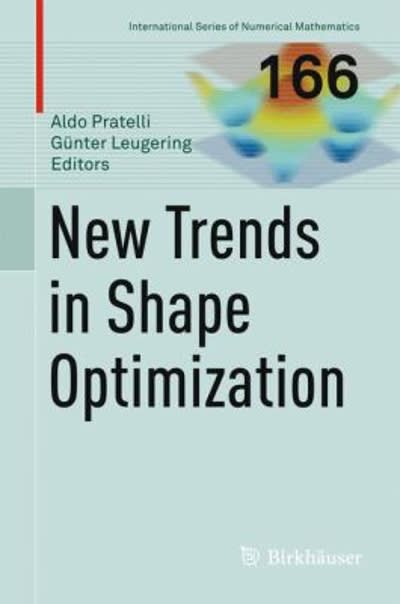Please help me with question 1 parts E to H only, which is shown below:
Introduction In lecture we learned about the \"Goodness-of-Fit\" test, a statistical test to determine whet her a sample seems to have come from a specic probability distribution. A typical setup for the test follows: Null Hypothesis (Hg): The sample was drawn from a population that follows a binomial distribution with parameters in, = 3,3) = 0.10. Alternative Hypothesis (Ha): The sample was drawn from a population that follows some other probability distribution (ie. not binomial with n, = 3, p = 0.10). The test generates a chisquare statistic which can be converted into a pvalue, allowing the user to either reject the null hypothesis at a given signicance threshold (implying the distribution is not the one specied in the null) or fail to reject (meaning there's not enough evidence to doubt that the sample came from the distribution specied in the null). Most of the examples we've seen for this test provide the probability distribution for the null hypothesis in the form of a probability distribution function. That is to say, a table of outcomes are provided along with the frequencies/probabilities of those outcomes. Because the calculation of the test statistic requires us to use \"observed\" and \"expected\" counts for each outcome, at rst glance it might seem as though the test can only be used with discrete probability distributions. (If all outcomes from continuous probability distributions have probability zero, how could you determine the expected number of counts?) However, the textbook teases that the test can be done to determine if a sample is \"normally distributed\". How could this be possible, given that we know that the normal distribution is continuous? The textbook leaves this question unresolved. In the rst part of this project, we'll see how the test can be adjusted to work with a null hypothesis that species a continuous probability distribution. As it turns out, the x isn't terribly complicated: we're going to break the normal distribution into a set of intervals, and then determine the number of outcomes expected within each of these intervals instead. However, to make things interesting, we're going to work with a data set that contains a hazard. This hazard will exploit a weakness of this procedure and produce some results that seem contradictory. The latter part of this project will be spent diagnosing and xing this problem. Part 1: Factorylevel Quality Control: Do the Samples Meet the Standard? You are an employee at the \"Apple Cola" corporation. You are involved in product quality control. One of the gimmicks of the \"Apple Cola\" brand is that all cola beverages are sweetened exclusively using natural apples. However, owing to the natural variability in apple sweetness, this means that cans of apple cola are expected to naturally vary somewhat in their overall sugar content. Three factories have been commissioned to manufacture \"Apple Cola\Question 1b: For the samples from each of the three factories, determine how many observations fall within each of the bins used in Question la. Question 1c: For each factory, take the corresponding sample and conduct a GoodnessofFit test to determine whether the observed counts (collected in Question 1b) match the expected counts [collected in Question 1a). Use a signicance threshold of a = 0.05. For each test, state the null hypothesis, the alternative hypothesis, the test statistic, the distribution for that statistic (including its degrees of freedom), and the pvalue for the test. Indicate whether you choose to reject the null hypothesis for each factory. If you are using software to carry out these tests (like Geogebra), include either step-bystep instructions or sufcient screenshots to allow others to reproduce your work. Hint: To prevent catastrophic errors, please conrm at this point that your test statistic for Factory A is x2 = 1.4594. Question 1d: Interpret the results of your GoodnesaofFit tests. Do your statistical tests suggest there is any cause for concern with any of the three factories being examined? Question 16: Even though the process we have used to \"bin'1 the normal distribution to generate a set of counts is commonly used, it is not without pitfalls. One of these weaknesses will become apparent over the course of this project. As a preview, consider the following scenario: suppose we replaced the three highest sugar content cans from Factory A with cans of \"ENERGY EXPLOSION CAFFEINE BLASTER\










